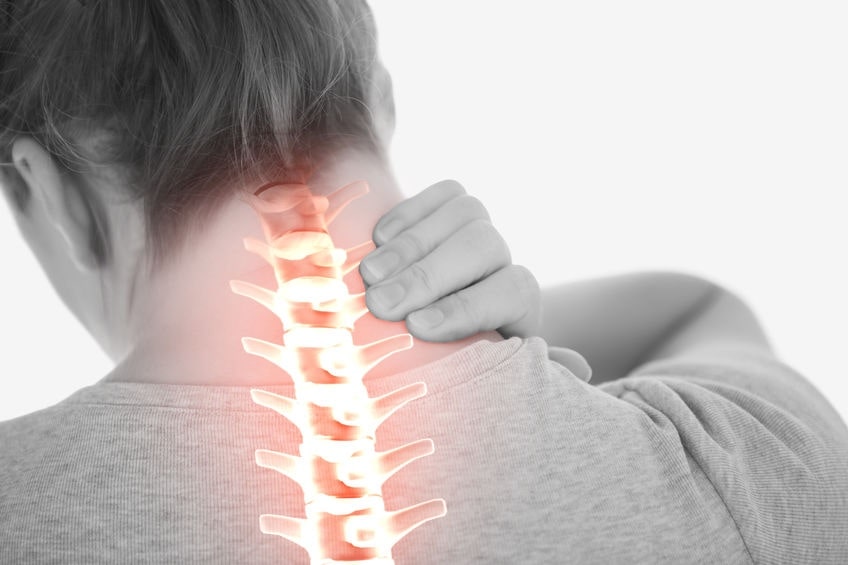Home Remedies for Piles
Hemorrhoids (read hem-uh-roids), also known as “piles,” are swollen veins of your lower rectum and anus, pretty similar to varicose veins. Depending on the affecting area, hemorrhoids are classified as “internal hemorrhoids” (inside the rectum) and “external hemorrhoids” (under the skin surrounding the anus). It is a prevalent condition affecting almost three out of four … Read more









